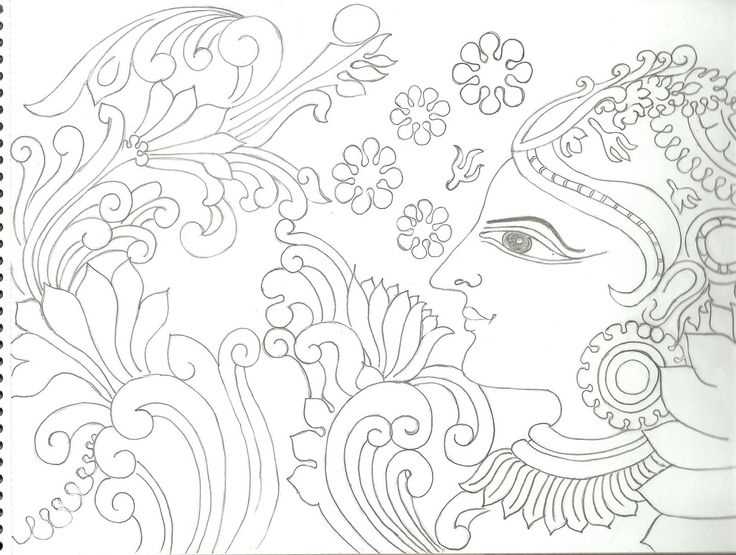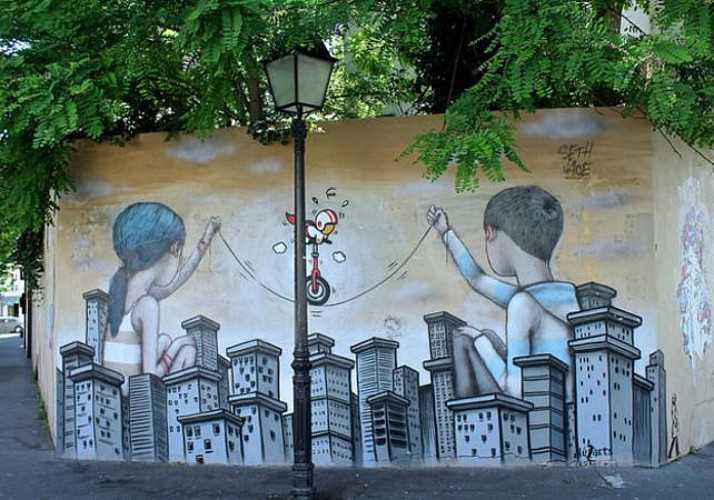In the world of street art, creativity knows no bounds. One emerging trend that has captured the attention of art enthusiasts and passersby alike is street sign art. This unique form of artistic expression combines the elements of stencils, graffiti, and typography to create visually stunning and thought-provoking works.
Street sign art involves repurposing and transforming everyday street signs into vibrant works of art. Artists use stencils to add intricate designs, vibrant colors, and thought-provoking messages to these often overlooked signs. By doing so, they turn mundane streets into open-air art galleries, inviting viewers to pause and reflect on the messages conveyed.
Graffiti, a central element of street sign art, adds a raw and rebellious edge to these captivating works. Artists skillfully incorporate graffiti techniques, such as dripping paint, bold lettering, and intricate tags, to create eye-catching and visually striking pieces. With each stroke of the spray can, they leave their mark on the urban landscape, transforming ordinary street signs into mesmerizing works of art.
Typography, the art of arranging type to create visually appealing and legible text, plays a crucial role in street sign art. By skillfully combining different fonts, sizes, and styles, artists ensure that their messages are not only visually captivating but also easy to read and interpret. Typography adds an additional layer of meaning to these artworks, helping to convey the artists’ intended messages and creating a powerful impact on viewers.
Street sign art represents a fusion of various artistic techniques and mediums, resulting in a visually stunning and thought-provoking form of urban art. Through the combination of stencils, graffiti, and typography, artists create captivating works that transform ordinary streets into open-air galleries, inviting viewers to pause and reflect. Next time you walk down the street, don’t forget to keep an eye out for these hidden gems of creativity.
Disclaimer: The views and opinions expressed in this article are those of the author and do not necessarily reflect the official policy or position of the company.
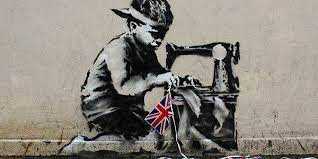
Street sign art has come a long way since its humble beginnings. What once started as a simple form of expression has now evolved into a fusion of stencils, graffiti, and typography.
In the early days, street sign art was seen as a form of rebellion. Artists would simply take existing street signs and modify them with a spray can or stencil. These acts of vandalism were often seen as a way to reclaim public spaces and challenge the authority of the government.
As time went on, street sign art began to incorporate more elements of graffiti. Artists began to use vibrant colors, intricate designs, and bold lettering to transform ordinary signs into stunning works of art. Graffiti tags and signatures also became a common feature, adding a personalized touch to the artwork.
Today, street sign art has continued to evolve with the introduction of typography. Artists now carefully select the fonts and styles they use to create powerful messages and convey emotions. Typography adds a new layer of complexity to street sign art, allowing artists to experiment with different letterforms and arrangements.
Street sign art has gone from being viewed as a crime to being celebrated as a legitimate art form. Cities around the world now host street sign art festivals and competitions, showcasing the talent and creativity of these artists.
While street sign art has certainly come a long way, one thing remains constant: the power to captivate and inspire. Whether it’s a simple stencil or an elaborate mural, street sign art continues to push boundaries and challenge our perception of public spaces.
The Artistic Elements of Street Sign Art
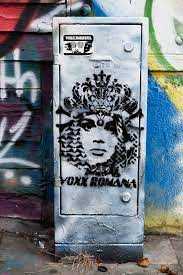
Street sign art is a unique form of artistic expression that combines elements from stencils, graffiti, and typography. These art pieces can be found in urban environments, often adorning the walls, sidewalks, and other public spaces of cities around the world. Street sign art has gained popularity over the years due to its visually striking nature and the messages it conveys.
One of the key artistic elements of street sign art is the use of stencils. Artists create intricate designs by cutting out specific shapes and patterns on a material such as cardboard or plastic. These stencils are then used to spray paint images onto various surfaces. Stencils allow artists to create precise and detailed artwork, making street sign art visually captivating.
Graffiti is another element often incorporated into street sign art. Graffiti adds a rebellious and urban feel to the artwork, as it is typically associated with illegal street art. Artists use graffiti techniques such as tagging, writing, and spray painting to add texture, color, and depth to their pieces. This element of street sign art reflects the subversive nature of the medium.
Typography is a crucial aspect of street sign art. Artists often use letters, words, and phrases to convey powerful messages. Typography can be bold, stylized, or abstract, depending on the artist’s intention. The combination of different fonts, sizes, and styles makes street sign art visually dynamic and engaging. Typography allows artists to express their thoughts and ideas in a concise and impactful manner.
Overall, street sign art is a fusion of stencils, graffiti, and typography, resulting in visually captivating and thought-provoking artwork. It is a form of expression that adds vibrancy and creativity to urban landscapes and serves as a platform for artists to convey their messages. Whether it’s political statements, social commentary, or purely aesthetic creations, street sign art continues to inspire and captivate audiences around the world.
Impact and Influence of Street Sign Art Murals
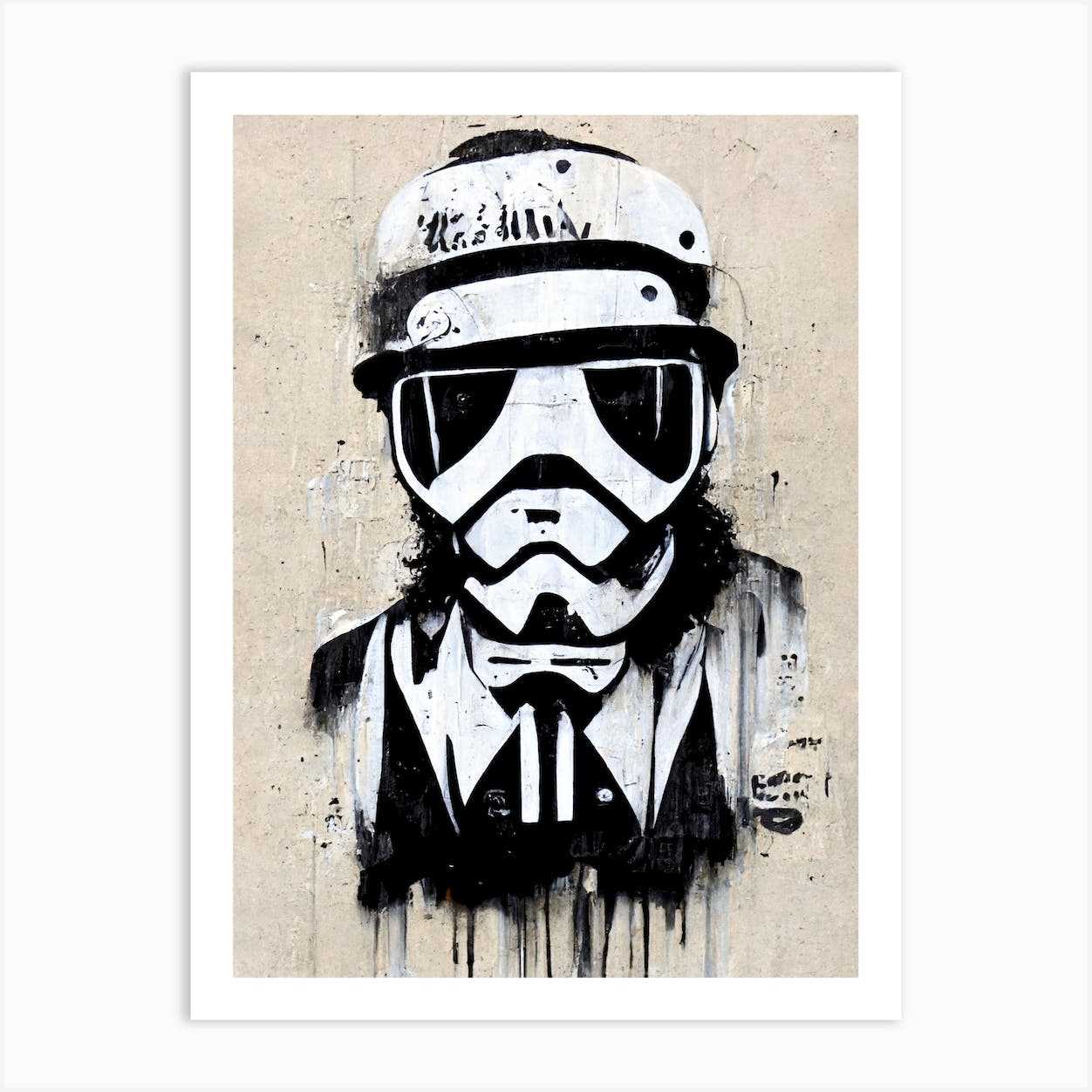
Street sign art murals have a significant impact on urban environments across the globe. These vibrant and visually striking works of art add a sense of color, creativity, and expression to otherwise mundane streetscapes.
One of the key influences of street sign art murals is their ability to transform public spaces and engage with the community. These murals can create a sense of pride and ownership among local residents, as they showcase the unique artistic talent and culture of a neighborhood or city.
Graffiti and Stencil Techniques
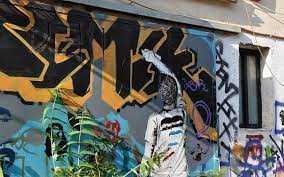
Street sign art murals often employ graffiti and stencil techniques, creating a raw and gritty aesthetic that resonates with urban culture. These techniques allow artists to create intricate and detailed artworks, often with a message or social commentary.
Furthermore, the use of stencils allows for the replication of these artworks, making it possible to create multiple versions across different locations. This replication enhances the influence of street sign art murals, as their impact can reach a wider audience and become ingrained in the visual fabric of a city.
Typography and Design
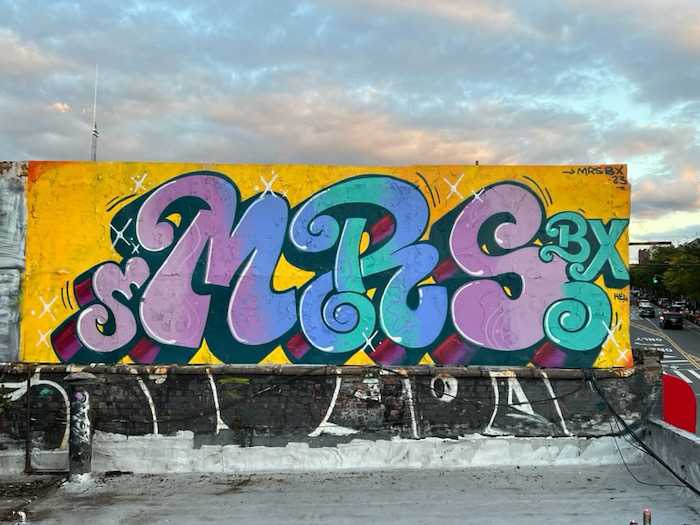
Typography plays a crucial role in street sign art murals, as it combines with the artistic elements to communicate messages and ideas. The use of bold and eye-catching fonts draws attention to the artwork, enabling it to convey a specific mood or emotion. Typography in street sign art murals can also enhance the overall design and appeal of the artwork, making it visually captivating to passersby.
Designing Street Sign Art: Combining Typography and Graffiti
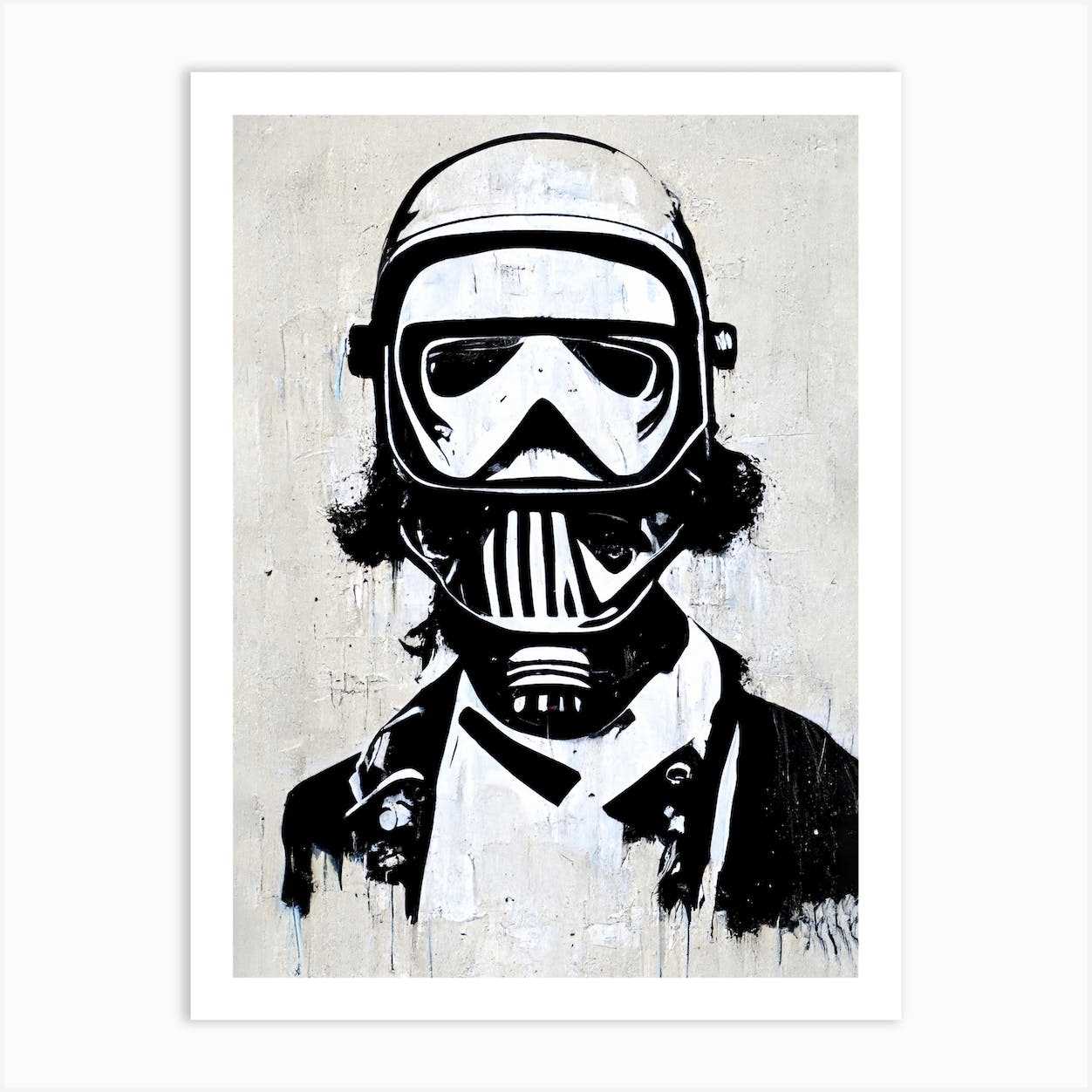
Street sign art has become a popular form of urban expression, combining elements of graffiti and typography to create visually striking and thought-provoking designs. This unique fusion of styles allows artists to convey powerful messages and showcase their creativity in a public space.
Typography plays a crucial role in street sign art, as it helps to communicate the message or theme of the artwork. Artists carefully select fonts, lettering styles, and placement to enhance the impact of their design. Bold and eye-catching typography grabs the attention of passersby and creates a strong visual impact.
Graffiti, on the other hand, adds an edgy and rebellious element to street sign art. It allows artists to express themselves freely and challenge societal norms. Graffiti often features bold colors, intricate patterns, and unique characters, giving street sign art a distinct urban flavor.
When designing street sign art, artists must consider the environmental context in which their artwork will be displayed. They need to analyze the surroundings, including the architecture, colors, and textures of the area, to ensure that their design harmonizes with the environment.
Additionally, artists must carefully select the messages or themes they want to convey through their street sign art. Whether it’s a political statement, a social issue, or simply a piece of visual delight, the message should be clear and impactful. Artists often use symbols, metaphors, and clever wordplay to provoke thought and engage viewers.
One of the challenges artists face when creating street sign art is the temporary nature of their work. Unlike traditional art forms, street sign art is exposed to weather conditions, vandalism, and removal by authorities. This ephemeral aspect adds another layer of intrigue and excitement to the art form, as viewers know that they may never see the same piece again.

I am a mural enthusiast and a fervent admirer of street art. Rather than creating murals myself, I am passionate about collecting them. My love for street art knows no bounds. I am dedicated to curating and cherishing these artworks that grace the streets. My collection stands as a testament to my profound appreciation for this form of artistic expression.
read about me



